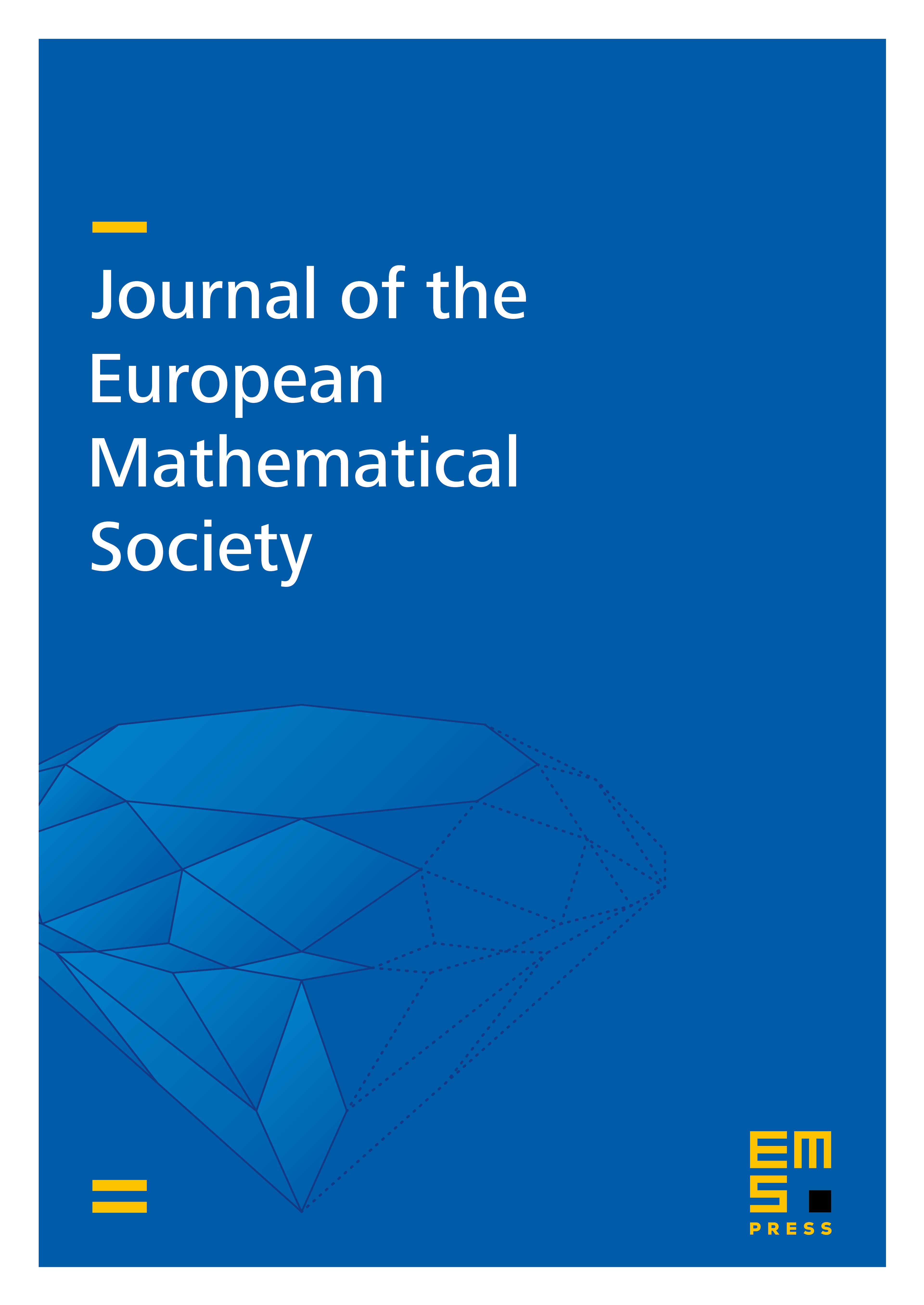A stratified homotopy hypothesis
David Ayala
Montana State University, Bozeman, USAJohn Francis
Northwestern University, Evanston, USANick Rozenblyum
University of Chicago, USA

Abstract
We show that conically smooth stratified spaces embed fully faithfully into -categories. This articulates a stratified generalization of the homotopy hypothesis proposed by Grothendieck. Hence, each -category defines a stack on conically smooth stratified spaces, and we identify the descent conditions it satisfies. These include -invariance and descent for open covers and blow-ups, analogous to sheaves for the h-topology in -homotopy theory. In this way, we identify -categories as striation sheaves, which are those sheaves on conically smooth stratified spaces satisfying the indicated descent. We use this identification to construct by hand two remarkable examples of -categories: , an -category classifying constructible bundles; and , the absolute exit-path -category. These constructions are deeply premised on stratified geometry, the key geometric input being a characterization of conically smooth stratified maps between cones and the existence of pullbacks for constructible bundles.
Cite this article
David Ayala, John Francis, Nick Rozenblyum, A stratified homotopy hypothesis. J. Eur. Math. Soc. 21 (2019), no. 4, pp. 1071–1178
DOI 10.4171/JEMS/856